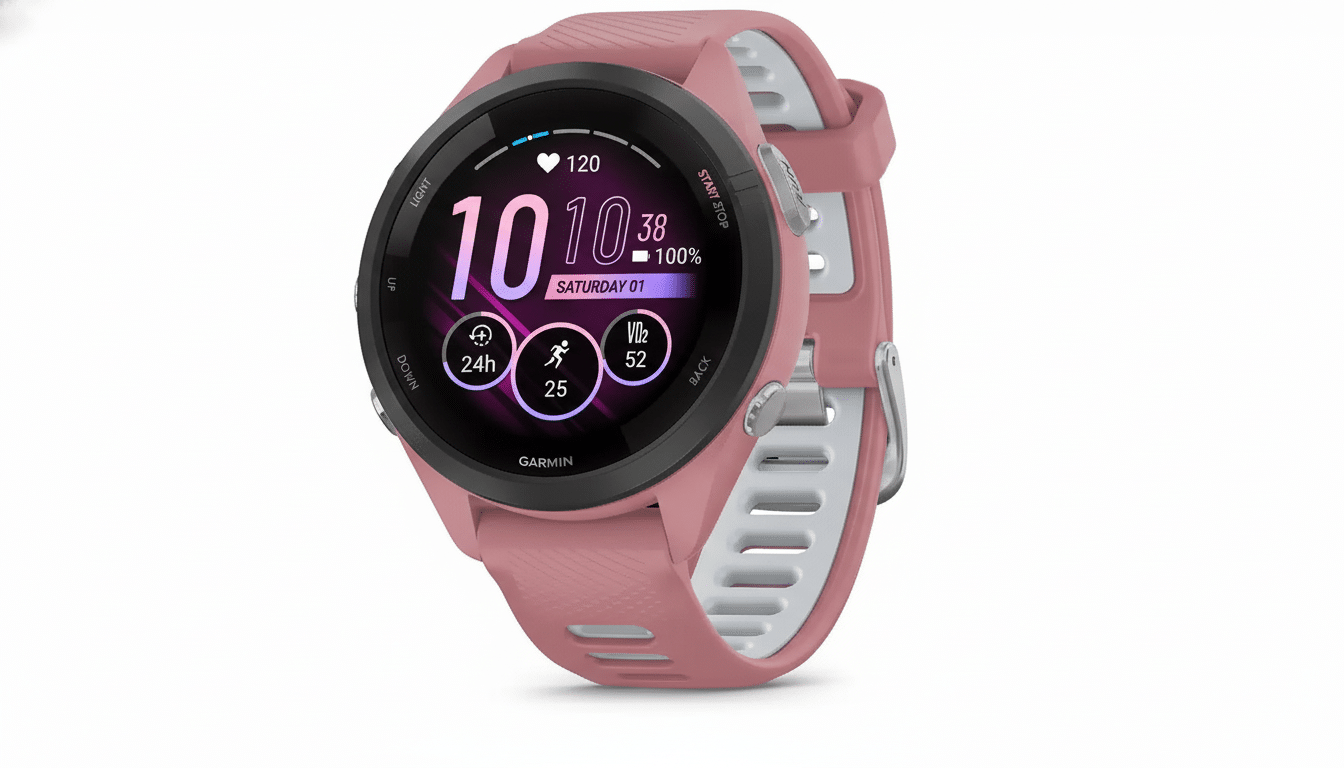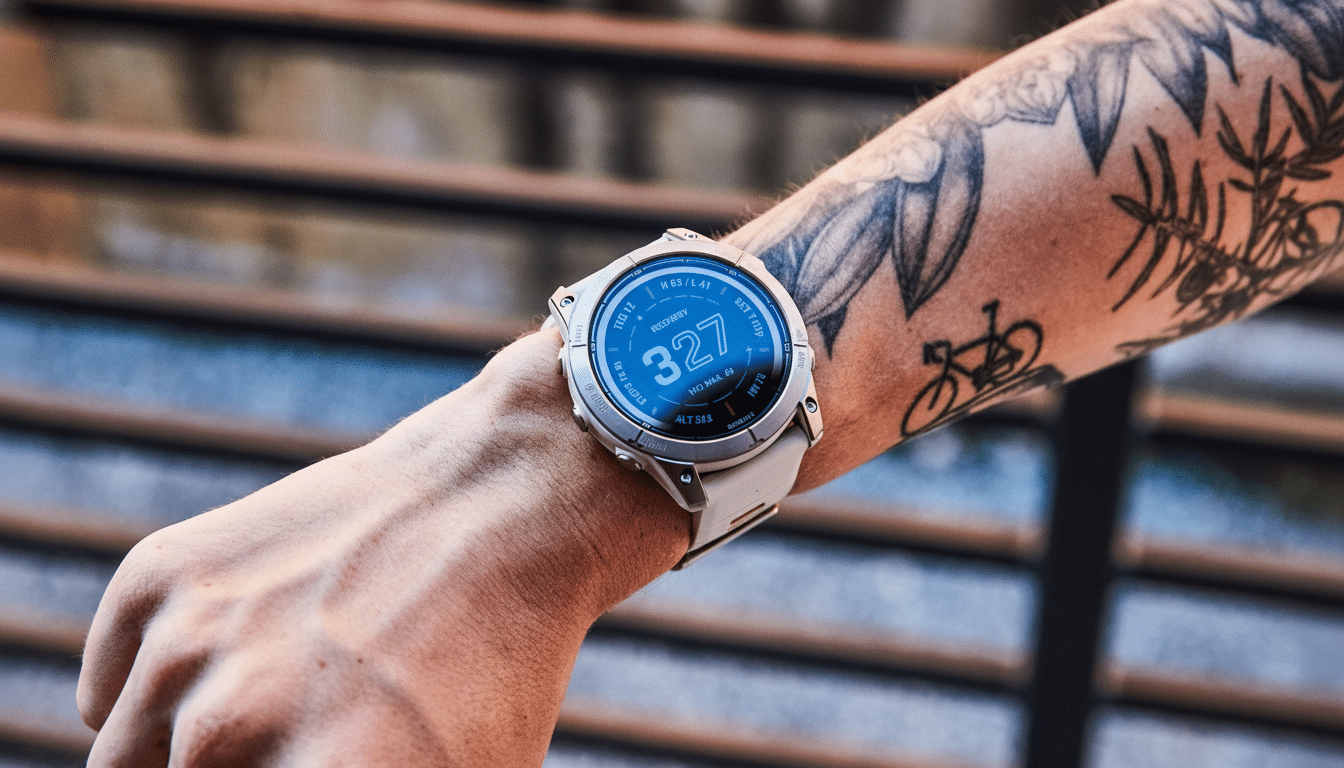It is 2025, and the smartwatch category has filled out to something that’s bloated, capable—and in a few specific cases—interesting. Apple, Samsung and Google fine-tuned their flagships, but an audacious budget brand gate-crashed the party with real features at a tenth of the price. Following weeks of side-by-side testing to ascertain battery life, health accuracy, comfort and everyday usefulness, these are the seven standout options that deserve a place on your wrist.
Why These Seven Are Distinctive In 2025
Smartwatches and fitness trackers have pretty much merged. On mainstream models, you can now expect strong health sensors, turn-by-turn navigation, contactless payments and fall detection. Market researchers such as Counterpoint Research continue to show Apple’s dominance by revenue, but the difference in user experience has dwindled. Analog designs, such as the straightforward Timex offering and more style-centric timepieces from Kate Spade or Fossil, remain popular among certain sets of wearers (albeit sometimes at their peril). Meanwhile, high-end multisports watches like those made by Garmin and a slew of bandwagon-takers continue to drive forward endurance (at premium prices) and mapping capabilities on models that offer deeper feature lists into four figures even while adding smarter coaching and safety tools to daily life lineups.
- Why These Seven Are Distinctive In 2025
- Apple Watch SE 3 Is the Best Pick for Most People
- Apple Watch Series 11 Best Apple Upgrade
- Google Pixel Watch 4 Best Android Experience
- Nothing CMF Watch 3 Pro Best Budget Pick
- Apple Watch Ultra 2 The Intelligent Outdoor Decision
- Fitbit Charge 6 Best Simple Fitness Tracker
- Samsung Galaxy Watch 8 A Polished All-Rounder
- How to Pick the Perfect Watch in 2025: A Quick Guide

It’s also a year when AI subtly improves on the basics instead of stealing the show. Battery life, however, remains the ultimate differentiator: bright always-on displays and LTE don’t help; low-powered screens extend it. We’re still waiting for clinical-grade claims, but studies from the likes of Stanford Medicine and the Cleveland Clinic show wrist-worn ECG and optical sensors can help flag atrial fibrillation and irregular rhythms—useful screening aids, not diagnoses.
Apple Watch SE 3 Is the Best Pick for Most People
The SE has hit the sweet spot once more, only this time with an always-on display that eliminates a major compromise. You’re still missing a couple of high-end sensors (such as a blood oxygen sensor), the rated battery remains at around one day with mixed use, but you get snappier performance, those safety features are all present and correct (including fall detection and crash detection), and watchOS improvements deliver richer widgets and more accurate sleep stages. This is the no-brainer for iPhone users who want that Apple Watch lifestyle without Apple Watch prices.
Apple Watch Series 11 Best Apple Upgrade
For the fitness fiend or whoever just wants the slickest Apple experience, it’s gotta be the Series 11. It has a brighter OLED display, and sets a new bar for controlling all of your favorite apps with fast response time, plus it includes the full feature set of health tracking Apple offers including ECG, irregular rhythm notifications, fall detection and cycle insights covered by temperature. Battery life is better than the SE, but we’re still talking about a typical day and needing to charge overnight for heavy users. And if you care most about the perfect integration with iOS, this is the wrist computer to beat.
Google Pixel Watch 4 Best Android Experience
The Pixel Watch 4 polishes Google’s formula with a smoother, more curvaceous Actua display and cleaner outdoor-readable brightness. Fitbit-inspired coaching is intuitive, safety check features are well thought-out, and Wear OS actually feels cohesive between tiles, Assistant and notifications. For Android users, it’s the best combination of style, health and smart utility — and a tidier software story than most rivals.
Nothing CMF Watch 3 Pro Best Budget Pick
Here’s the curveball. And the CMF Watch 3 Pro gets under it and still brings the dirty. It makes the claim for up to 13 days of battery in typical use, provides sleep and stress tracking, offers SpO2 spot checks (but not around the clock), has solid heart-rate accuracy for casual runs and very good GPS. It even embraces conversational AI with built-in ChatGPT integration for voice or type-to-speak voice commands. Often starting at around $79–$99, it’s one of the few budget watches that feel like an actual smartwatch, not a toy.

Apple Watch Ultra 2 The Intelligent Outdoor Decision
Yes, the Ultra from last year is still a smarter buy for most. Those watchOS updates bring new metrics and features, but the Ultra 2 retains that gorgeous display (with its super-bright 3,000-nit setting), accurate dual-frequency GPS, and battery life that can range from about a day-and-a-half to multiple days in power-saving modes. If a rugged Apple Watch for hiking, diving or long weekends off-grid is what you need, then it’s the feature set combined with the moderate discount prices of the Ultra 2 that makes it a value.
Fitbit Charge 6 Best Simple Fitness Tracker
If you like bands more than watches, the Charge 6 remains the obvious pick. It gets you daily step totals, heart-rate trends and basic outdoor GPS for workouts, and the Fitbit app is still one of the clearest ways to see how all that data can turn into health insights and readiness scores. You do lose niceties, such as onboard maps or high-end third-party apps, and some of its features are locked behind Fitbit Premium extras, but for targeted fitness tracking it’s more than competent and easy to be around.
Samsung Galaxy Watch 8 A Polished All-Rounder
With Samsung, what’s new is a glitzy bundle for owners of its Galaxy phones: vivid screen, smooth performance and a feature-rich health suite fronted by the more hand-holding Sleep Coach. You also get some safety features and rough body composition estimates that make it more useful on a daily basis, plus Google’s ecosystem — Assistant, Maps, Wallet — gets a look-in. Battery life is okay, rather than class-leading, but if you live in Samsung’s ecosystem then the Watch 8 feels like an organic extension of your phone.
How to Pick the Perfect Watch in 2025: A Quick Guide
- First, get the watch working with your phone; cross-platform support still isn’t all that it could be.
- Decide whether you want a real smartwatch or a lighter-weight tracker; bright always-on screens are going to consume battery.
- Find that independent corroboration where it counts — ECG details have come from some major models seeking FDA clearance for rhythm notifications, while endurance and GPS accuracy can be vetted through sports labs or coaching communities.
- Finally, examine the overall cost: bands and LTE fees and app subscriptions can complicate your math quickly.
The surprise this year isn’t that Apple, Google and Samsung made great wearables — it’s how much a sub-$100 upstart can now do.
Whether you’re training for a 10K, wrangling notifications or tracking sleep, 2025’s best offerings affirm that smartwatches have now arrived at adulthood as dependable daily companions across the entire price spectrum.

